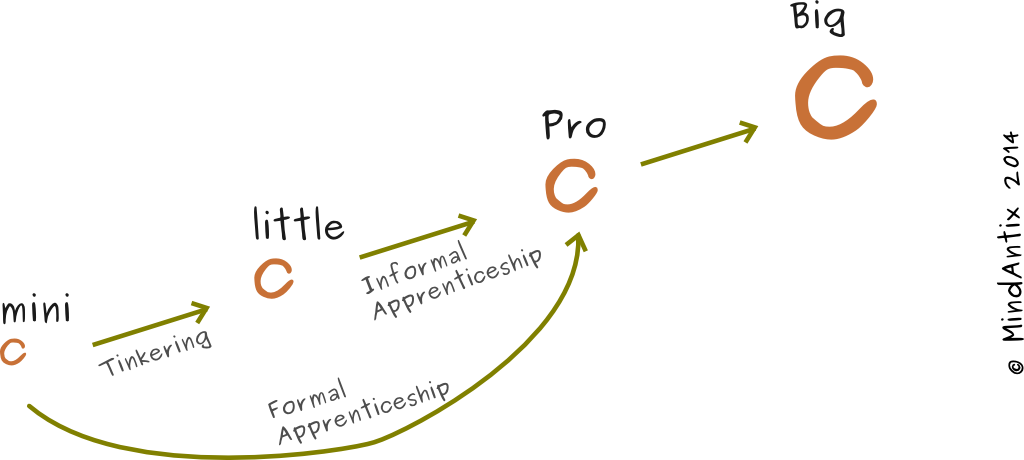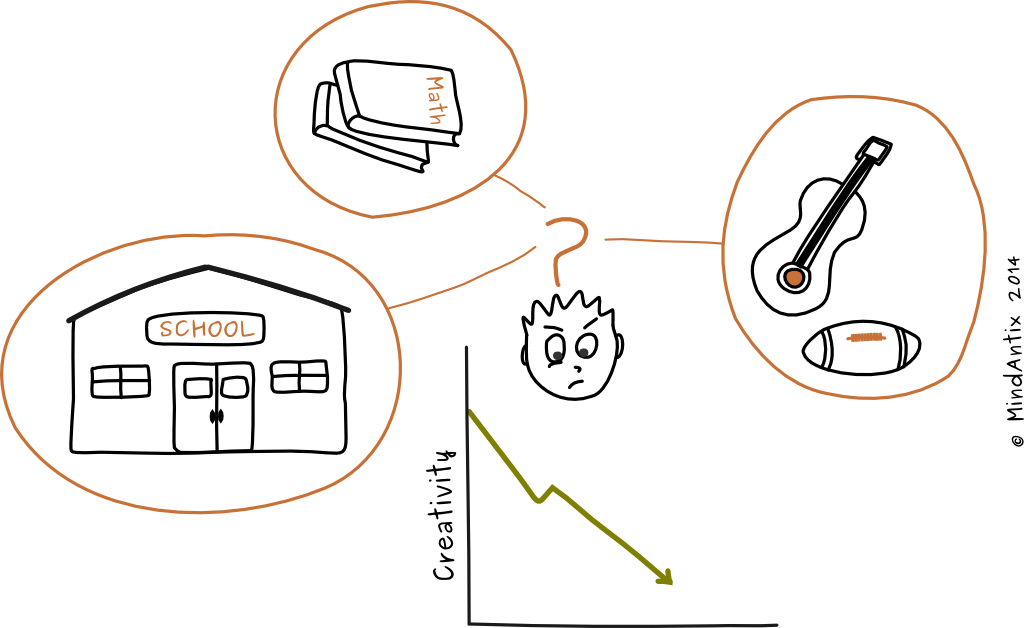When my daughter was six years old, she decided that she wanted to be an inventor. And one of her first “inventions” was a singing toothbrush. She could never keep track of her two minutes of brushing time, and like any other six year old, she kept forgetting to set the timer or watch the clock. So she came up with an idea – if her toothbrush could play a song for two minutes then she would know exactly when to stop brushing. She didn’t know that toothbrushes like that were available, so as far as she was concerned this was a pretty clever, novel idea. Would you consider her singing toothbrush idea creative? If you are like most people, your answer is probably “yes”. And until recently, you would have been wrong.
Creativity research is usually split into two kinds based on the magnitude of creativity – Big-C, which focuses on eminence-levels of creativity like Einstein’s Theory of Relativity, and little-c or everyday creativity, which covers all other smaller-scale novel ideas or products. But what makes it into these categories depends on what we mean by creativity. Since the latter half of the 20th century, creativity has been defined as a novel yet appropriate solution to a problem or response to a situation. Unfortunately, the focus on “novel” discounts ideas that are new only to the person who creates them but not to others. So, by this definition, our singing toothbrush wouldn’t really be considered creative.
To overcome this limitation, psychologists, Kaufman and Beghetto, proposed adding the “mini-c” category of creativity which they defined as “novel and personally meaningful interpretation of experiences, actions and events.” Mini-c focuses on the personal creativity that was missing from the previous definition. They also added another category, Pro-c, to account for professional creators that have not yet reached eminent status. But their contribution wasn’t limited to just defining some new categories and expanding the definition of creativity.
Most importantly, based on prior creativity research, the authors laid out the trajectory of creativity categories with people potentially progressing from lower levels of creativity to more higher forms of creativity over time. (See a simplified view of their 4C model in the picture above). The major realization from their model is that everything starts with mini-c – without being good at mini-c creativity, one cannot reach eminent levels of Big-C creativity. The path to making breakthrough accomplishments in any area starts with humble, small forms of personal creative expression.
Jean Piaget, the famous psychologist, observed “The principle goal of education is to create men and women who are capable of doing new things, not simply repeating what other generations have done”. Unfortunately, our current environment is failing us – instead of educating a generation to handle increasingly complex challenges in creative ways, we are inadvertently creating a generation that is more likely to think inside-the-box. Our goal at MindAntix is to help build mini-c and little-c levels of creativity in everyone. We believe that creative thinking skills along with other key ingredients (topic of our next blog) will eventually lead to breakthrough levels of creative accomplishments.


